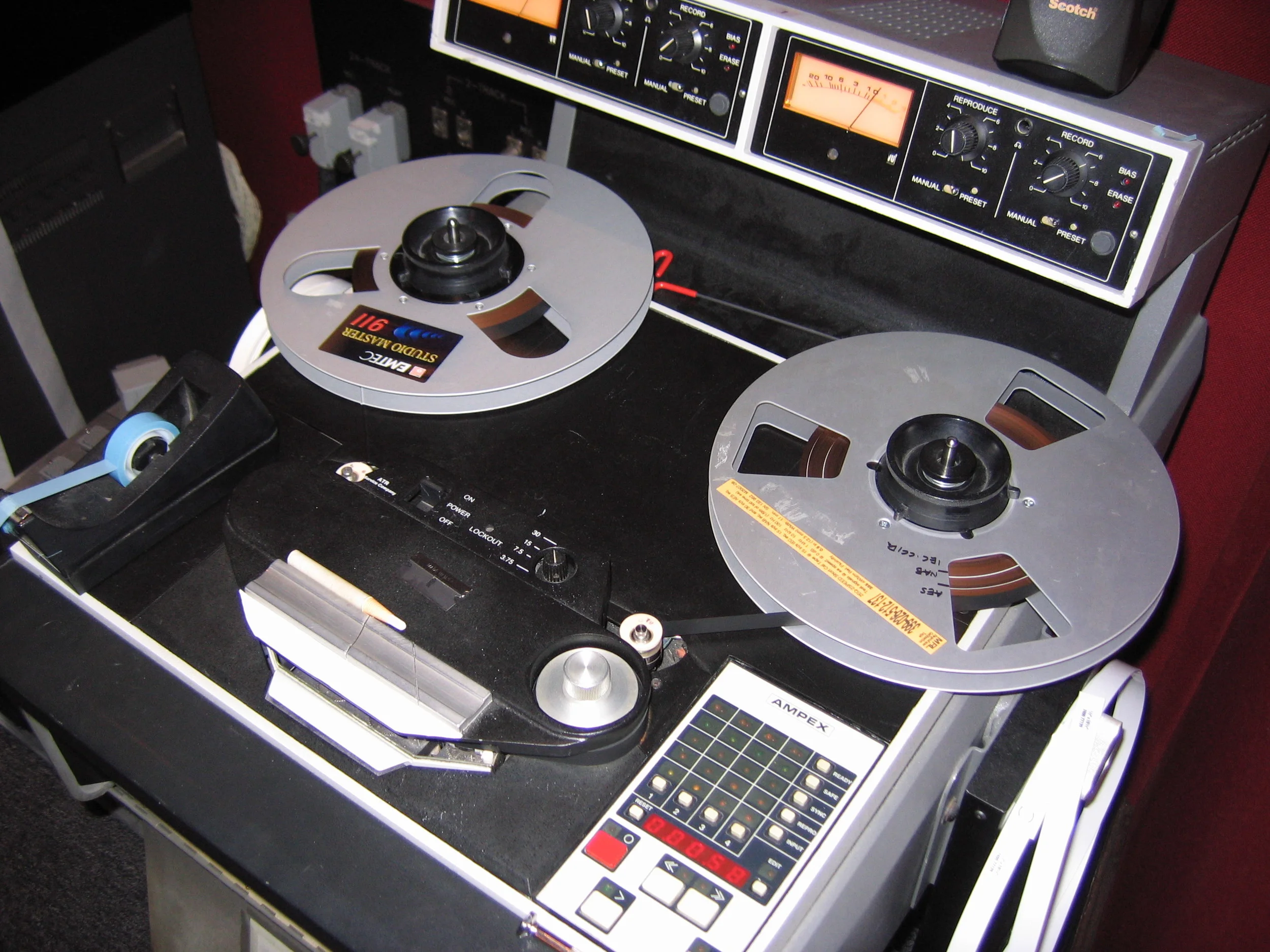New York Counterpoint (2014): An Allos Documents Digital Single
New York Counterpoint (2014): An Allos Documents Digital Single
James' recording of Steve Reich's monumental work for 11 clarinets. Released on August 26, 2014
James Falzone: Bb Clarinet
Jeff Kimmel: Bass Clarinet
Alex Inglizian: Engineer
Recorded, mixed, and mastered in June/July/August 2014 at Experimental Sound Studio, Chicago.
Special thanks to Jeff and Alex for energy and tenacity. Additional thanks to Adam Vida, Lou Mallozzi, Fred Lonberg-Holm, Tim Mulvenna and Eric Platz for ears and further thanks, still, to my wife and kids for 3 months of 11 clarinets!
ALLOS DOCUMENTS is pleased to offer the August 26, 2014 release of James Falzone's recording of American composer Steve Reich's monumental work for 11 clarinets, New York Counterpoint.
James spent the summer of 2014 working on this piece at Chicago's Experimental Sound Studio with engineer Alex Inglizian who also engineered James' 2012 solo work, Sighs Too Deep For Words. Also involved in the recording was bass clarinetist Jeff Kimmel, a frequent collaborator of James' in Trio Clarice.
New York Counterpoint was composed by Steve Reich in 1985 at the commission of clarinetist Richard Stoltzman, a boyhood hero of James' and he had the pleasure of performing the piece with Stoltzman at the New England Conservatory in 2001. New York Counterpoint stuck with James over the years and the time felt right to release his own take on this great work. A few thoughts from James about the work as a whole and each of the three movements follows below.
New York Counterpoint exists, in my mind, at a transitional stage in Reich's output, still showing signs of his experiments with phasing as found in early tape pieces like Come Out and later instrumental works such as Piano Phase, while also reflecting the larger compositional structures of Music for 18 Musicians, Tehillim, and, a decade after New York Counterpoint, Proverb.
New York Counterpoint also manifest Reich's interest in process and the perception of "change" when, in fact, little change is actually occurring. As my 13 year-old daughter said when she listened to the work: "It's almost like when I stare at a moving fan for awhile: I swear I can make it stop moving with my eye . . . but I know that's not actually happening."
The three contiguous movements of New York Counterpoint are marked, simply: Fast, Slow, Fast, and the metronome markings are in a 2:1 ration making the middle movement exactly half the speed of the other two.
Yep, that's blood on my reed!
MOVEMENT I
The opening section introduces pulse waves, a texture that will return several times in the piece, offering a sense of continuity. After these sonic waves subside, a melodic phrase is introduced at 1:26 upon which the entire movement is built. Think of this phrase as the first piece of a puzzle with the solo voice introducing each additional piece, allowing them to be absorbed by the lower voices and fit into the whole, then the whole process starts again. By the time the pulse waves return at 3:29, the puzzle is complete and, until the end of the movement, it is now only our perception that makes us hear sections in new ways. Again, think of that moving fan from my daughter's analogy.
Recording this complex work proved challenging musically and technically as Alex tries to keep track of hundreds of takes and edits.
MOVEMENT II
The second movement introduces a lyrical, somewhat contemplative motif that, as mentioned above, is exactly 1/2 the speed heard in Movement I (mm = 184 down to 92). The phrases are introduced in much the same way as in Movement I: the solo voice acting as a sort of quarterback, introducing patterns and handing them off in both a leadership and supporting role. Listen to the ebb and flow of the solo voice, sometimes coming to the foreground, sometimes blending into the background, but always there, always steady. The pulsing of the first movement returns about the half-way point and it is this cyclical approach, this return to previous material, that reminds us we are in a composition with form and arc and not just a compositional process.
MOVEMENT III
Back to the tempo of Movement I but now with a rhythmic approach that suggests two aspects of rhythm that are at the heart of Reich's background: jazz and the music of West Africa. Listen to the opening phrases as they build up between 7:37 through 8:16 which, to my ears, and from my discussions with Richard Stoltzman several years ago, sound a lot like Benny Goodman's swing classic Sing Sing Sing. If Reich's rhythmic approach here was indeed influenced by Goodman and Gene Krupa this would make sense as he spent his early years as a jazz drummer.
Jeff Kimmel recording his integral bass clarinet parts.
The other important rhythmic concept in Movement 3 to note is the feeling of metric displacement or polyrhythm, a concept at the core of drumming traditions in West African where Reich studied in the early 1970s. Listen particularly to the bass clarinet entrance at 8:25 and how those phrases make the other parts feel like they've shifted slightly (hint: they haven't!). Then, a bit later on, listen as the perception of metric groupings shifts between 3 and 4, caused by the accents of the bass clarinets. The feeling is like hearing two different rhythms simultaneously, the essence of African polyrhythm.
Like so many of the projects I undertake, recording New York Counterpoint has taught me a great deal about my own musicianship and vision, the complexities and beauties of composition, both generally and regarding Steve Reich, and of the power of music to reach people emotionally. I'm looking forward to performing the work live in the coming years and am so pleased to present it as the first digital single on Allos Documents, the label I started over 14 years ago. Enjoy this sonic adventure and please stay in touch to let me know your experience and thoughts as you listen.
James Falzone
August 26, 2014




